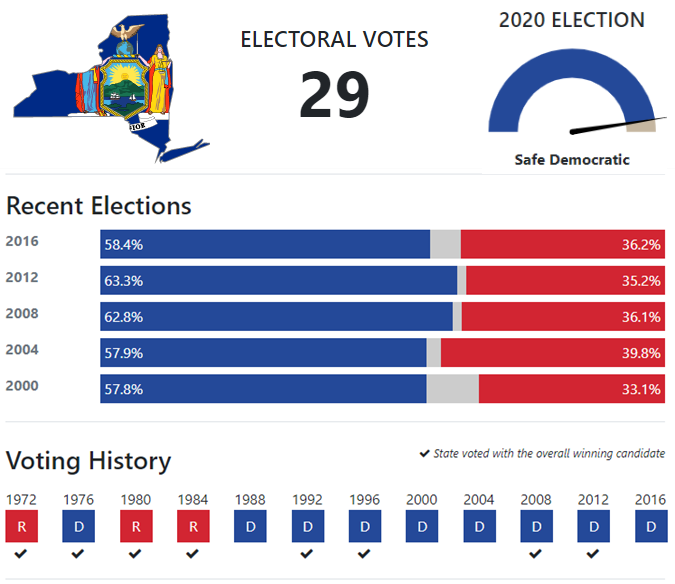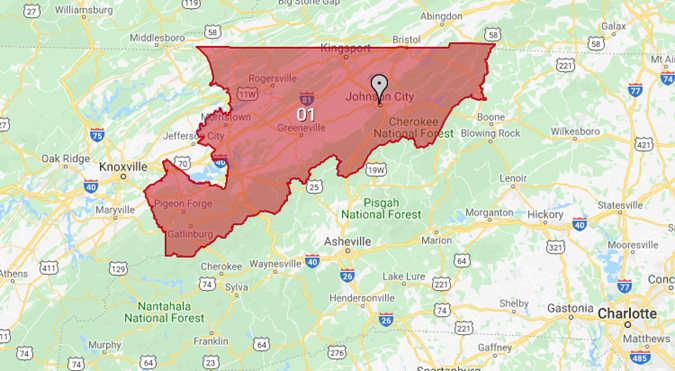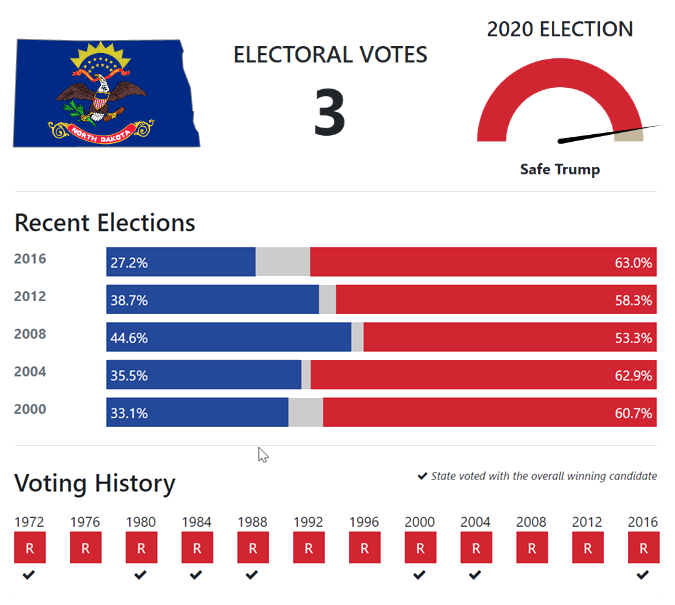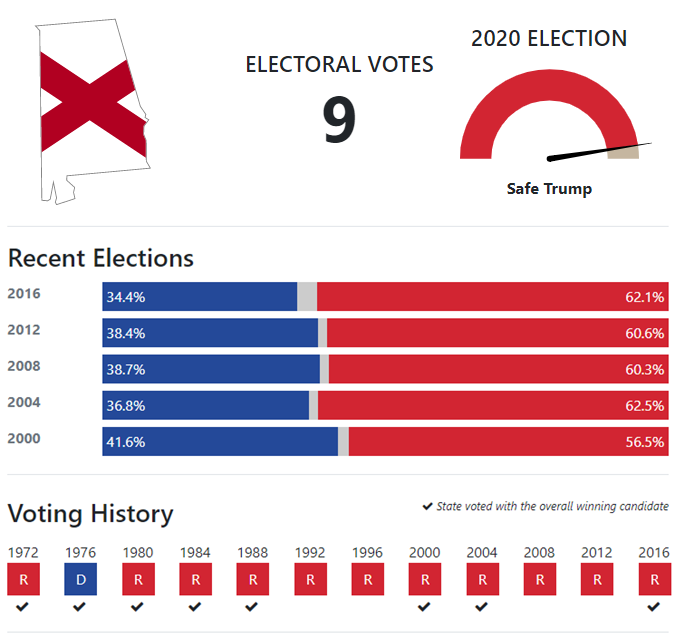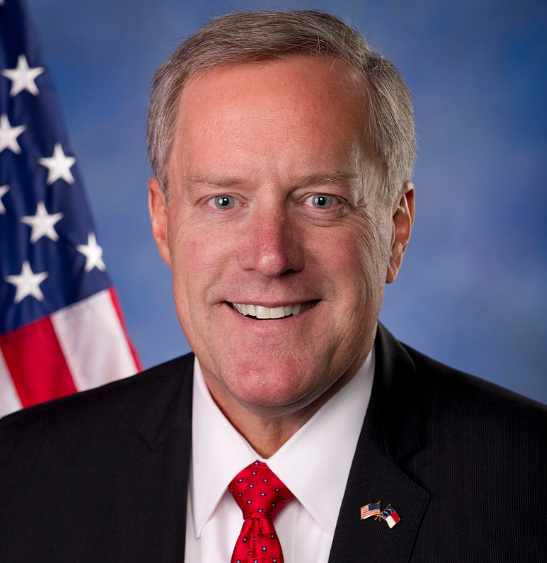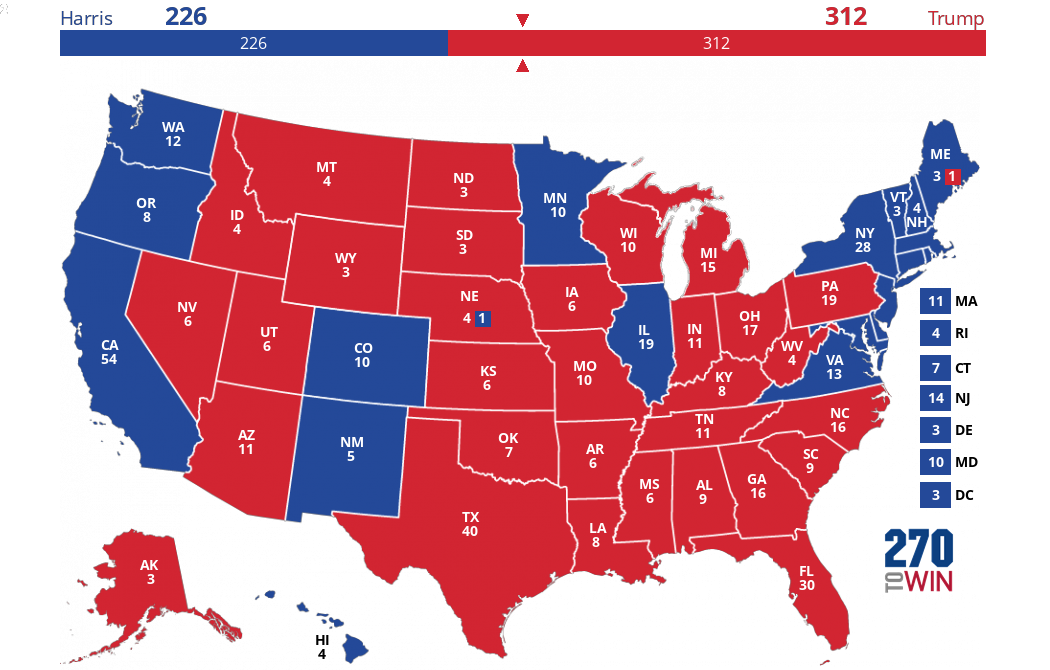The Road to 270 is a weekly column leading up to the presidential election. Each installment is dedicated to understanding one state’s political landscape and how that might influence which party will win its electoral votes in 2020. We’ll do these roughly in order of expected competitiveness, moving toward the most intensely contested battlegrounds as election day nears.
The Road to 270 will be published every Monday. The column is written by Seth Moskowitz, a 270toWin elections and politics contributor. Contact Seth at s.k.moskowitz@gmail.com or on Twitter @skmoskowitz.
New York
Last Monday, the Census Bureau released its national population estimates. This is the best resource we have for predicting congressional reapportionment that will take place following the 2020 Census. According to these projections, New York will lose one congressional seat, dropping from 27 to 26. Because Electoral College votes are apportioned to states according to the size of their congressional delegation (senators + representatives), New York will likely have 28 electoral votes in the 2024 and 2028 presidential contests instead of the 29 it has today.
This is not a new trend. At its peak in the 1930s and 1940s, New York had 47 electoral votes. It has lost at least two after every Census from 1950 through 2010. We can look at New York’s history and political legacy to understand why it’s expected to, once again, lose representation in Congress and the Electoral College.
